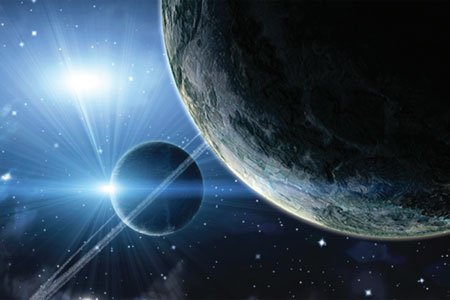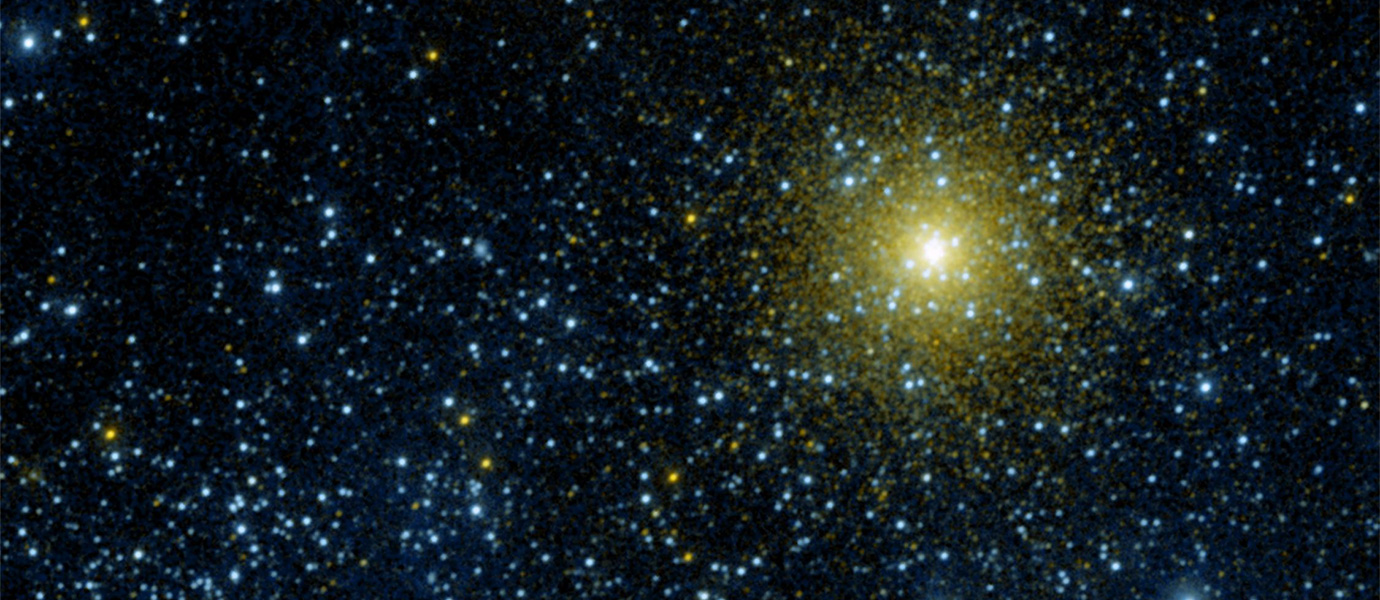
School
Inside the Planetarium, students will go on an animated “trip” to learn about different subject areas in astronomy including the solar system, Mars, the possibility of aliens, and more. Depending on the time of year, students might learn something different about the universe. School groups will also have the option to hike through the JJC Nature Trails, where they will be exposed to the natural beauty of the prairie and forests.
supports classroom learning in:
Science.
topics covered:
STEM, Space.
contact info
Name: Gina Foote
Phone: 815-280-2525
Email: [email protected]
INFO
ABOUT
Herbert Trackman Planetarium
The Herbert Trackman Planetarium is dedicated to continuing its tradition of outstanding astronomical instruction and entertainment. Their planetarium has a 30 ft diameter dome and a new OmniStar Digital planetarium projector. Shows feature sky tours with our planetarium projector and PowerPoint presentations on a wide range of astronomical topics.
contact info
Hrs: By appointment.
HELPFUL LESSON PLAN(S)
Prepared by FieldTripDirectory.com
Planetarium Lesson Plan
FUN FACTS
Earth has more exposed water than land. Three quarters of the Earth is covered by water! The earth has one moon.
Venus is the brightest planet in our sky and can sometimes be seen with the naked eye if you know where to look. It is the solar system’s brightest planet — yellow clouds of sulfuric acid reflect the sun’s light.
Jupiter is so big that you could fit all the other planets in the solar system inside it.
Pluto is no longer considered a planet — instead, astronomers call it a dwarf planet or planetoid.
View Lesson Plan>>
Scouts
Inside the Planetarium, students will go on an animated “trip” to learn about different subject areas in astronomy including the solar system, Mars, the possibility of aliens, and more. Depending on the time of year, students might learn something different about the universe. Scout groups will also have the option to hike through the JJC Nature Trails, where they will be exposed to the natural beauty of the prairie and forests.
supports scout badges in:
Science.
topics covered:
STEM, Space.
contact info
Name: Gina Foote
Phone: 815-280-2525
Email: [email protected]
INFO
ABOUT
Herbert Trackman Planetarium
The Herbert Trackman Planetarium is dedicated to continuing its tradition of outstanding astronomical instruction and entertainment. Their planetarium has a 30 ft diameter dome and a new OmniStar Digital planetarium projector. Shows feature sky tours with our planetarium projector and PowerPoint presentations on a wide range of astronomical topics.
contact info
Hrs: By appointment.
HELPFUL LESSON PLAN(S)
Prepared by FieldTripDirectory.com
Planetarium Lesson Plan
FUN FACTS
Earth has more exposed water than land. Three quarters of the Earth is covered by water! The earth has one moon.
Venus is the brightest planet in our sky and can sometimes be seen with the naked eye if you know where to look. It is the solar system’s brightest planet — yellow clouds of sulfuric acid reflect the sun’s light.
Jupiter is so big that you could fit all the other planets in the solar system inside it.
Pluto is no longer considered a planet — instead, astronomers call it a dwarf planet or planetoid.
View Lesson Plan>>
Homeschool
Inside the Planetarium, students will go on an animated “trip” to learn about different subject areas in astronomy including the solar system, Mars, the possibility of aliens, and more. Depending on the time of year, students might learn something different about the universe. Homeschool groups will also have the option to hike through the JJC Nature Trails, where they will be exposed to the natural beauty of the prairie and forests.
supports classroom learning in:
Science.
topics covered:
STEM, Space.
contact info
Name: Gina Foote
Phone: 815-280-2525
Email: [email protected]
INFO
ABOUT
Herbert Trackman Planetarium
The Herbert Trackman Planetarium is dedicated to continuing its tradition of outstanding astronomical instruction and entertainment. Their planetarium has a 30 ft diameter dome and a new OmniStar Digital planetarium projector. Shows feature sky tours with our planetarium projector and PowerPoint presentations on a wide range of astronomical topics.
contact info
Hrs: By appointment.
HELPFUL LESSON PLAN(S)
Prepared by FieldTripDirectory.com
Planetarium Lesson Plan
FUN FACTS
Earth has more exposed water than land. Three quarters of the Earth is covered by water! The earth has one moon.
Venus is the brightest planet in our sky and can sometimes be seen with the naked eye if you know where to look. It is the solar system’s brightest planet — yellow clouds of sulfuric acid reflect the sun’s light.
Jupiter is so big that you could fit all the other planets in the solar system inside it.
Pluto is no longer considered a planet — instead, astronomers call it a dwarf planet or planetoid.
View Lesson Plan>>
